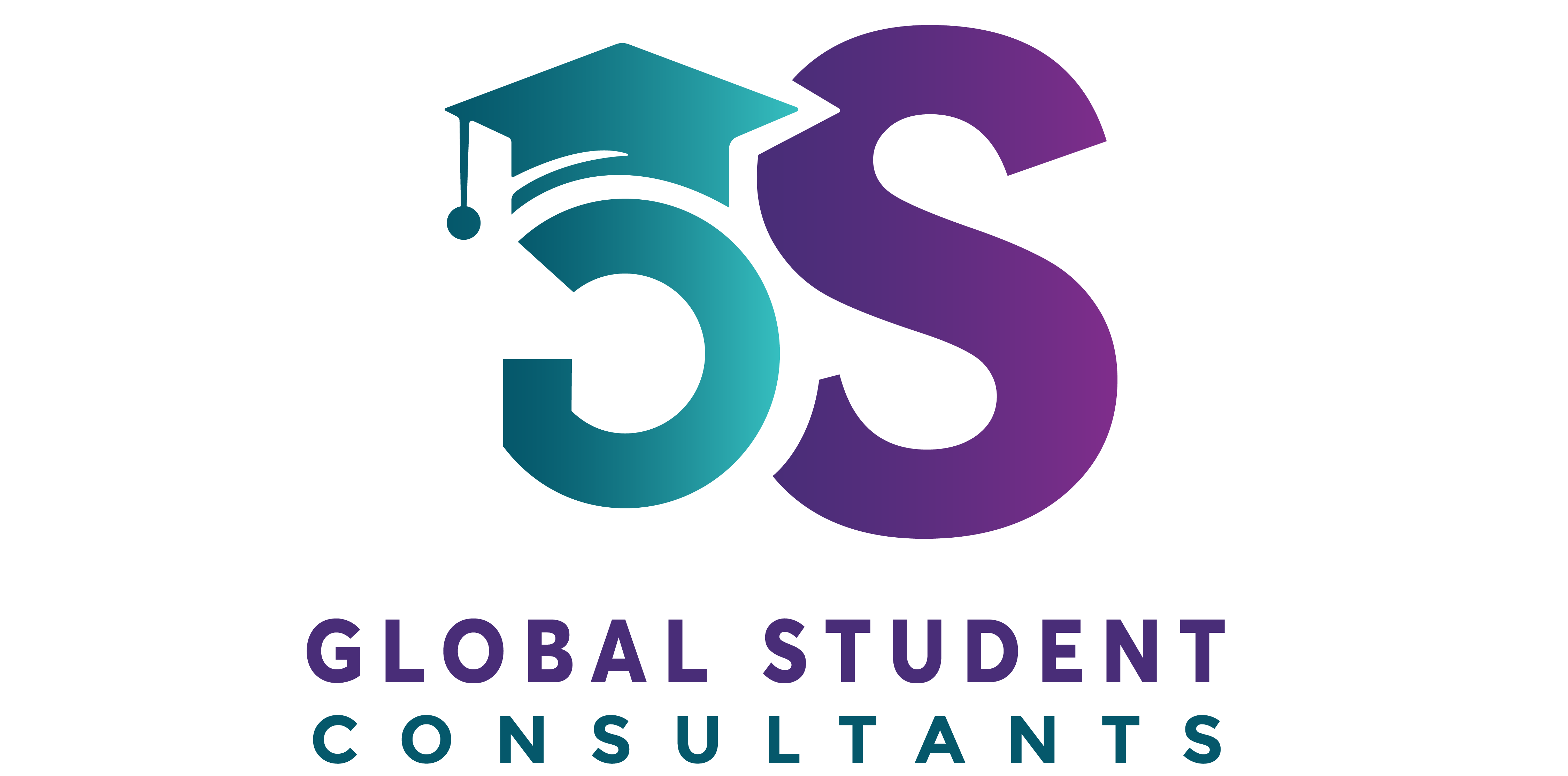
Introduction
In the realm of English language proficiency tests, two titans stand out: the International English Language Testing System (IELTS) and the Pearson Test of English (PTE). As aspirants contemplate their path to proving their English language skills, a common question emerges: which test is easier? This debate has sparked discussions among test-takers, educators, and language experts alike. In this comprehensive exploration, we delve into the intricacies of both exams to decipher whether IELTS or PTE holds the crown of ease.
Understanding IELTS
The International English Language Testing System (IELTS) has long been the gold standard for assessing English language proficiency. Established in 1989, IELTS is accepted by thousands of organisations globally for academic and immigration purposes. Its longevity and widespread recognition have cemented its position as a preferred choice for many test-takers.
IELTS comprises four sections: Listening, Reading, Writing, and Speaking. Each section evaluates different language skills, contributing to a holistic assessment of the test-taker’s English proficiency. However, for the purpose of this discussion, we’ll focus primarily on the Writing component, comparing it with its counterpart in the PTE exam.
IELTS Writing: Pros and Cons
Pros:
Familiarity: With its long-standing reputation, IELTS is a familiar territory for many test-takers. Its format and question types have remained relatively consistent over the years, providing a sense of comfort and predictability.
Test Format: IELTS Writing tasks are paper-based, allowing test-takers to write their responses using pen and paper. For those accustomed to traditional methods of writing, this format can be advantageous.
Face-to-Face Speaking Test: Unlike PTE, IELTS includes a face-to-face speaking test, providing an opportunity for direct interaction with an examiner. This personal engagement may alleviate anxiety for some test-takers, facilitating a more natural conversation.
Cons:
Timing Constraints: Time management can pose a significant challenge in IELTS Writing, particularly in Task 2, where test-takers must write a coherent essay within a strict 40-minute timeframe. Balancing content, organisation, and language proficiency within this constraint requires meticulous planning and practice.
Scoring Complexity: IELTS employs a band score system, ranging from 0 to 9, with half-band increments. While this system offers granularity in evaluation, it can be daunting for test-takers to interpret their scores accurately, especially considering the multifaceted criteria used for assessment.
Availability of Test Dates: Depending on the location, securing a convenient test date for IELTS may prove challenging, as test centres may have limited availability, leading to potential delays in scheduling exams.
Deciphering PTE
In contrast to the longstanding legacy of IELTS, the Pearson Test of English (PTE) is a relatively newcomer to the arena of English language proficiency tests. Developed by Pearson PLC, PTE emerged as a viable alternative, offering a fresh perspective on language assessment through innovative technology and streamlined processes.
PTE encompasses four main sections: Speaking & Writing, Reading, Listening, and Writing. While each section plays a crucial role in evaluating the test-taker’s language skills, our focus remains on the Speaking & Writing component, comparing it to its IELTS counterpart.
PTE Speaking & Writing: Pros and Cons
Pros:
Computer-Based Format: PTE’s computer-based format appeals to a generation accustomed to digital interfaces. Test-takers input their responses directly into a computer, eliminating concerns related to handwriting legibility and allowing for efficient editing and revisions.
Rapid Results: PTE boasts a quick turnaround time for results, typically delivering scores within a few business days. This expedited process provides test-takers with timely feedback, enabling prompt decision-making for academic or immigration pursuits.
Partial Credit: In PTE, test-takers receive partial credit for their responses, even if they contain errors. This nuanced scoring approach acknowledges the proficiency demonstrated in certain aspects of the response, fostering a more equitable assessment framework.
Cons:
Speaking Task Format: Unlike IELTS, which incorporates a face-to-face speaking test, PTE’s Speaking tasks involve speaking into a microphone without interacting with an examiner. This format may feel impersonal or artificial to some test-takers, potentially affecting their performance.
Content Variation: PTE’s Speaking & Writing tasks cover a diverse range of topics, from academic discourse to everyday conversations. While this breadth offers a comprehensive assessment of language proficiency, test-takers may encounter unfamiliar or challenging content, requiring adaptability and quick thinking.
Scoring Complexity: While PTE’s point-based scoring system provides transparency in evaluation, achieving high scores across multiple parameters within the allotted time frame can be demanding. Test-takers must meticulously address each criterion, balancing fluency, pronunciation, vocabulary, and grammar effectively.
Navigating the Debate: Is One Truly Easier?
As we navigate the nuanced terrain of IELTS and PTE, it becomes evident that the perceived ease of each test is subjective and multifaceted. Factors such as individual proficiency levels, familiarity with test formats, and personal preferences significantly influence the perceived difficulty of these exams. While some may find the traditional approach of IELTS more comforting, others may thrive in the technologically-driven environment of PTE.
Ultimately, the quest for ease must be reframed as a quest for alignment – aligning oneself with the test format, content, and evaluation criteria that best complement individual strengths and aspirations. Whether opting for the time-tested tradition of IELTS or embracing the digital dynamism of PTE, diligent preparation, strategic planning, and unwavering determination remain the true catalysts for success.
Conclusion
In the perennial debate surrounding the ease of IELTS versus PTE, there exists no definitive answer. Instead, what emerges is a nuanced understanding of the unique features, advantages, and challenges inherent in each test. As test-takers embark on their journey to demonstrate English language proficiency, they are tasked not with seeking the path of least resistance but rather with forging a path that resonates with their abilities and ambitions. In this pursuit, whether IELTS or PTE emerges as the victor matters less than the empowerment gained through informed choice and diligent preparation.





